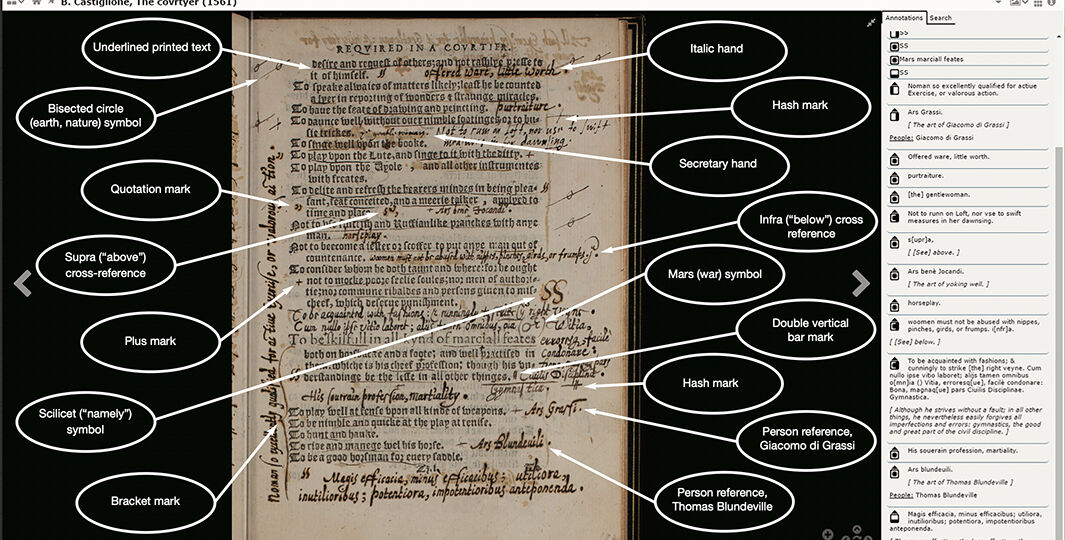
Fig. 1. From the website of the project The Archaeology of Reading in Early Modern Europe (AOR), https://archaeologyofreading.org/
“I have just received news of a death,” said Abdülhamit Kırmızı, one of the keynote speakers at the end of a two-day symposium on Ottoman print entitled “19. Yüzyıl Osmanlı Dünyasında Matbu Kitap” at ANAMED (December 14–15). He was so serious as he pronounced the name of the deceased in front of a murmuring audience: “The book has died, my friends.” The relief after this sentence was mixed with disagreement and approval among the audience, but the cliché of the death of the book with the advent of the digital world did not seem so cliché this time. After spending a few months with my archaeologist friends at ANAMED, I got the impression and inspiration that objects are like living organisms that are born, grow, and buried before being found and reborn in the hands of an archaeologist. The second birth is through the recontextualization of the object by the archaeologist, anthropologist, or historian, which is either the mummy of a Mongolian woman, the skeleton of a child, or a coin. Yes, I have learned a lot about them this year!
Books, among others, are perhaps the objects most comparable to living organisms: they are compiled, they live among their audience, and then die when they are forgotten on a shelf or, more sadly, discarded as trash. I thought about this analogy while studying the corpus of my dissertation, namely the books of heroic stories that circulated in Istanbul in the eighteenth and nineteenth centuries. They were born at the hands of an amateur copyist who was usually a bookseller aiming to rent the book to reading gatherings/majlis. For some reason, this phase receives the most attention from researchers: art historians who are interested in codicology (the physical outlook, the materials, the art) and historians who are interested in the content of the book.
As soon as the first production of the book with its physical appearance and content is realized, the life phase of the book starts. This phase represents the most colorful scene in the lifespan of a book because it includes perception (reading, listening), circulation (purchase, loan), performance (silent/individual reading or public recitation), and even reproduction of the book by new hands. The field of the history of reading deals with these questions of the vitality of books. An international project, the Archaeology of Reading, probably named after the methodology proposed by Foucault in the Archaeology of Knowledge, systematically analyzes marginalia as evidence of a wide range in early modern historical reading practices, strategies, and agendas (Fig. 1).[1] Is it a coincidence that the project team has an answer for the death of the book with the digital world? They say: “As with the Archaeology of Reading, we are more convinced than ever that, just as the print culture of the early modern period did not replace earlier oral and manuscript cultures, neither can, or will, the digital world disrupt, let alone displace, the printed book and its enduring history.”[2]
Back to our Ottoman world, the corpus of heroic stories, circulated from hand to hand, from district to district, in Istanbul under the genres of Hamzanâme and Ebûmüslimnâme, certainly had a lively life. As evidence of that vitality, they are full of manuscript notes, including the ideas and emotions of their readers but also on the collective reading, performance, and reception of the books. What more could a historian of reading wish for?

Fig. 2. Manuscript notes on the 28th volume of Ebû Müslim Stories. Dâstân-ı Eba Müslim, Ankara, Milli Kütüphane, MS Yazmalar 8504/23, 40b-41a.
This is a great source that enables systematic search—here comes the digitalization—and analysis with the methodology of archaeology in the Foucauldian sense. With this methodology, rather than focusing on the development and progress in the history of books and reading, we could think in terms of the chronological sections and layers by which the books turned into “written artefacts,” as the Center for the Study of Manuscripts (CSMC) at Hamburg University names them.[3] This excavation of layers would be either on the materiality of a book (e.g., chronologies of marginalia, Xlibris, or the use of spolia material) or on the socio-cultural context of that book produced within its reading community or communities. In the case of my corpus, for example, I would determine the chronological sections with their characteristics as:
1) 1730–1830: explosion in bookish culture, the early phase of collective note-taking practices (rare examples and no settled patterns), worn-out looking, Janissary readers.
2) 1830–1860: a transition period in terms of readership, accelerated circulation of the manuscripts and intensified note-taking practices, and artisans and migrants from Anatolia as readers.
3) 1860–1900: circulation is still high, students at new schools and new bureaucrats as readers, and readership is shared with other materials such as periodicals.
4) 20th century: they are not circulating in the city but held in private library shelves.

Fig. 3. Chronological layers of heroic stories (drawn by the author).
The layers of a book’s lifespan vary, as some of them encompass all phases, while others were produced in the last phase only and attest to that part of the chronology. In any case, either as a living organism or a historical monument with all its materiality, archaeological technologies such as scanning or dating and methodologies such as landscape survey, remote sensing, and microscopic or holistic investigations would definitely serve the history of the book and reading.
[1] Michel Foucault, The Archaeology of Knowledge (London and New York: Routledge, 2002).
[2] Matthew Symonds and Earle Havens, ‘’What is the History of Books?,’’ https://archaeologyofreading.org/historiography/, online access on 26th December 2023.
[3] Check out ‘’Cluster of Excellence: Understanding Written Artefacts ‘’ https://www.uni-hamburg.de/en/forschung/forschungsprofil/exzellenzcluster/understanding-written-artefacts.html, online access on 26th December 2023.

